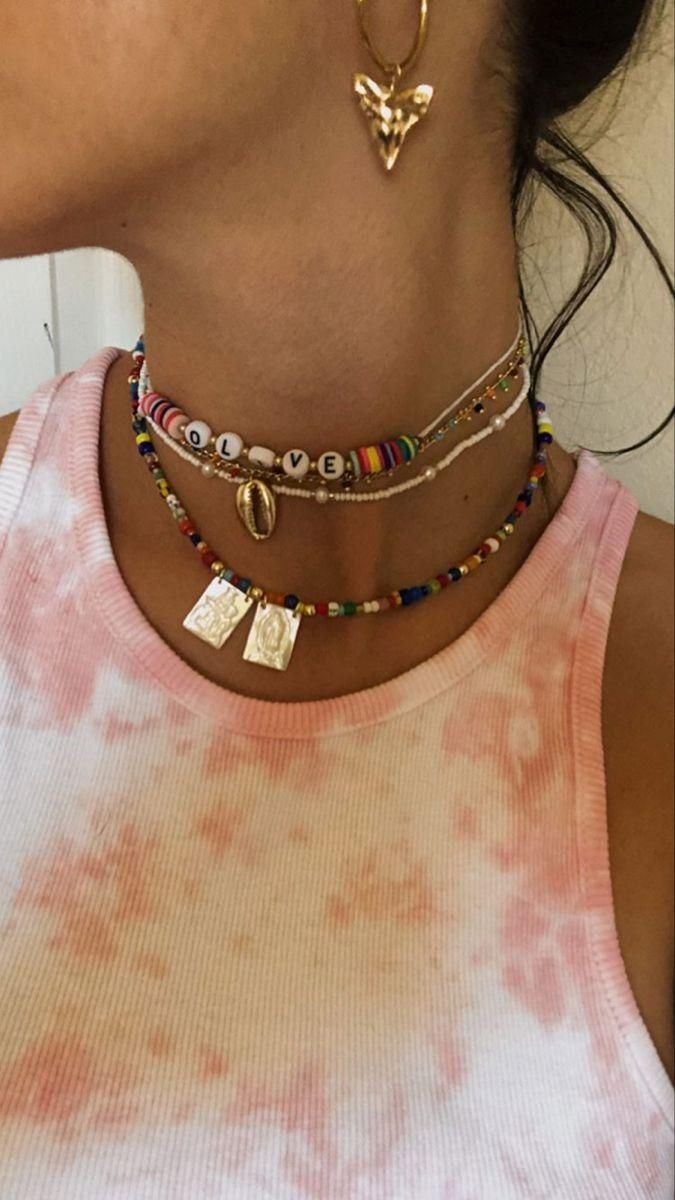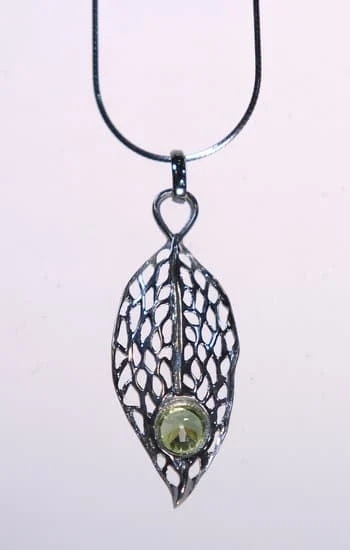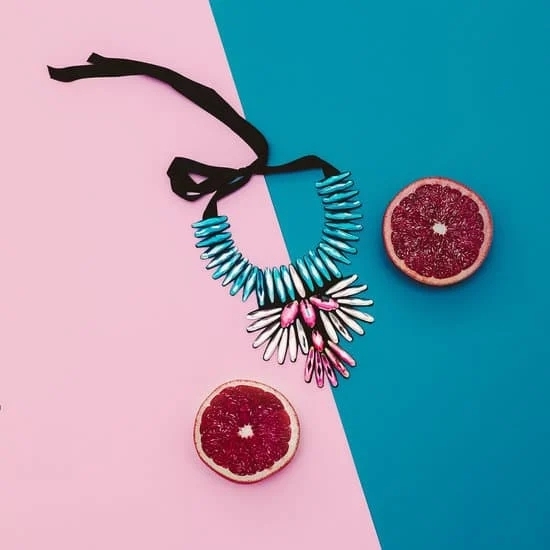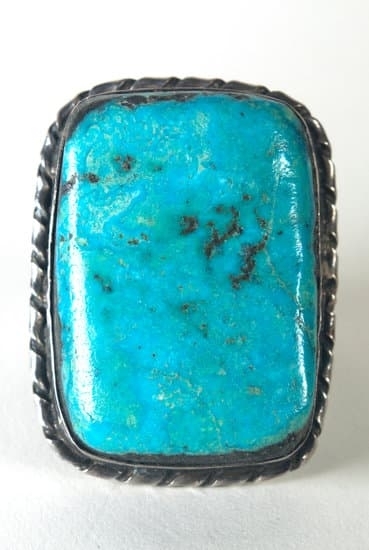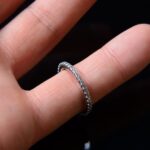The history of jewelry prong settings dates back centuries, with its origins rooted in ancient jewelry craftsmanship. The use of prong settings has evolved over time, influenced by different artistic movements and technological advancements. From the early days of its creation to its widespread popularity in contemporary jewelry design, the journey of prong settings is a fascinating story to explore.
Throughout history, prong settings have played a significant role in the world of jewelry. From their origins in ancient times to their prominence in modern designs, these settings have undergone various transformations and innovations. This article delves into the rich history of prong settings, tracing their development from ancient jewelry to contemporary designs.
We will take a look at the origins of prong settings in ancient jewelry and how they have evolved through different periods such as the Renaissance and Industrial Revolution. Furthermore, this article will examine the influence of art movements such as Art Nouveau on prong setting designs and their enduring popularity in engagement rings. Join us as we embark on a journey through time to explore the captivating history of jewelry prong settings.
Origins of Prong Settings in Ancient Jewelry
Prong settings are a popular choice for securing gemstones in jewelry, but their origins can be traced back to ancient times. The history of jewelry prong settings dates back to the ancient civilizations of Egypt and Mesopotamia, where craftsmen first began using prongs to hold precious stones in place. These early prong settings were simple and practical, designed to securely hold gemstones while also allowing light to enter and enhance their natural beauty.
The use of prong settings continued to evolve during the Renaissance period, as jewelry makers began incorporating more elaborate designs and decorative elements into their pieces. This era saw the development of intricate claw-like prongs that added an extra level of elegance and sophistication to jewelry pieces. It was during this time that the concept of using prongs not only for practical purposes but also as a design element truly took shape.
During the Industrial Revolution, advancements in technology and manufacturing processes facilitated the widespread use of prong settings in modern jewelry production. This period saw the standardization of prong setting techniques, making them more accessible and affordable for a wider audience. Jewelers began experimenting with different metals and gemstone cuts, leading to a proliferation of prong setting designs in mainstream jewelry.
- The use of simple claw-like prongs
- The integration of prongs as decorative elements
- Advancements in technology during the Industrial Revolution
Evolution of Prong Settings in Renaissance Jewelry
The Renaissance period, from the 14th to the 17th century, marked a significant evolution in the design and use of prong settings in jewelry. During this time, artistic and cultural movements influenced the development of jewelry settings, leading to more intricate and decorative designs.
Artistic Influences
Renaissance jewelry was heavily influenced by the art and architecture of the time. Prong settings became more elaborate, with intricate detailing inspired by classical motifs such as scrolls, acanthus leaves, and mythological creatures. The use of gemstones in prong settings also became more prominent, with a focus on showcasing the beauty of colored stones through open-back settings that allowed light to pass through.
Technical Advancements
The Renaissance period also saw advancements in jewelry-making techniques, which had a direct impact on prong settings. Goldsmiths and jewelers developed new methods for creating delicate prongs that could securely hold gemstones while still allowing them to be prominently displayed. This attention to detail and craftsmanship elevated the quality of prong settings during this era.
Rise of Symbolism
Renaissance jewelry was often imbued with symbolic meaning, and prong settings played a crucial role in conveying these messages. From religious symbolism to representing love or loyalty, prong-set gemstones were carefully chosen and arranged to tell a story or convey a specific sentiment. It was during this time that engagement rings with solitaire prong-set diamonds gained popularity as symbols of enduring love and commitment.
Industrial Revolution and the Rise of Prong Settings in Modern Jewelry
The Industrial Revolution brought about significant changes in the jewelry industry, including the rise of prong settings in modern jewelry. As advancements in technology and manufacturing processes emerged, jewelers were able to create more intricate and delicate designs, leading to the popularization of prong settings.
During this time period, the use of machines enabled jewelers to mass-produce prong settings, making them more affordable and accessible to a wider range of consumers. This contributed to the widespread adoption of prong settings in modern jewelry pieces, as they became a symbol of elegance and refinement.
Additionally, the Industrial Revolution also brought about innovations in metalwork and gemstone cutting techniques, allowing for the creation of more intricate and elaborate prong settings. As a result, jewelers were able to experiment with different designs and styles, further enhancing the appeal of prong settings in modern jewelry.
Moreover, the rise of department stores and mass-market retailers during this era also played a significant role in popularizing prong settings in modern jewelry. These establishments offered a wide variety of jewelry pieces featuring prong settings at different price points, catering to diverse consumer preferences.
| Industrial Revolution Influence on Prong Settings | Impact on Modern Jewelry Industry |
|---|---|
| The use of machines enabled mass production of prong settings | Made prong settings more affordable and accessible |
| Innovations in metalwork and gemstone cutting techniques | Allowed for creation of more intricate and elaborate prong settings |
| Rise of department stores and mass-market retailers | Offered wide variety of jewelry featuring prong settings at different price points |
The Influence of Art Nouveau on Prong Setting Designs
Art Nouveau, an art movement that emerged in the late 19th century, had a significant influence on jewelry design, including prong settings. This artistic style was characterized by its use of flowing lines, natural motifs, and an emphasis on craftsmanship. Jewelry designers during this period were inspired by the organic forms found in nature such as flowers, insects, and plants, leading to the creation of unique and elaborate prong setting designs.
One of the key features of Art Nouveau jewelry was the use of asymmetrical and free-form designs, which introduced new possibilities for prong settings. Instead of traditional symmetrical arrangements, artisans began to experiment with irregular placement of gemstones within the prongs, creating more dynamic and visually interesting pieces. Additionally, the use of colored gemstones such as opals, pearls, and enamel became popular during this time, adding a rich and vibrant element to prong set jewelry.
Art Nouveau’s emphasis on craftsmanship also led to the creation of intricate and ornate prong settings. Jewelers embraced techniques such as filigree work and delicate metal detailing to enhance the overall design of prong set jewelry pieces. These elaborate settings not only showcased the beauty of the gemstones but also highlighted the exceptional skill and artistry of the craftsmen.
The influence of Art Nouveau on prong setting designs continues to be felt in contemporary jewelry. Many modern jewelry designers draw inspiration from this movement, incorporating its signature elements into their own creations. The use of unconventional shapes, nature-inspired motifs, and meticulous attention to detail are all legacies of Art Nouveau that can be seen in today’s prong set jewelry pieces.
| Art Movement | Influence on Prong Settings |
|---|---|
| Art Nouveau | Introduced asymmetrical designs |
| Art Nouveau | Emphasized craftsmanship with intricate details |
| Art Nouveau | Inspired modern jewelry designs |
The Popularity of Prong Settings in Engagement Rings
When it comes to engagement rings, prong settings have been a popular choice for centuries. The design of prong settings allows the gemstone to be elevated, allowing more light to enter and reflect off the stone, creating a brilliant sparkle. This section will explore the history and popularity of prong settings in engagement rings.
Origins of Prong Settings in Engagement Rings
The use of prong settings in engagement rings can be traced back to ancient civilizations such as the Egyptians and Greeks. These early cultures used simple metal claws to secure gemstones in their jewelry, paving the way for the prong setting we are familiar with today.
The Rise of Prong Settings in Modern Engagement Rings
During the Industrial Revolution, advances in technology and metalworking allowed for more intricate and precise designs in jewelry making. This led to an increase in the popularity of prong settings in modern engagement rings as jewelers were able to create delicate and intricate prongs that accentuated the beauty of the gemstone.
The Contemporary Appeal of Prong Settings
In contemporary engagement ring designs, prong settings continue to be a popular choice. The minimalistic yet elegant look of prongs allows the focus to remain on the center stone without distracting from its natural beauty. The versatility of prong settings also allows for customization, with options for different numbers and styles of prongs to suit individual preferences.
Overall, the popularity of prong settings in engagement rings has stood the test of time, proving itself as a timeless and classic choice for showcasing the beauty of precious gemstones.
Innovations in Prong Settings in Contemporary Jewelry
In the world of contemporary jewelry design, prong settings have continued to evolve and adapt to the changing tastes and preferences of consumers. With advancements in technology and the expansion of creative possibilities, designers have been able to push the boundaries of traditional prong settings to create innovative and stunning pieces. Here are some key innovations that have shaped the use of prong settings in modern jewelry:
- Advanced Setting Techniques: The use of CAD (computer-aided design) and 3D printing has revolutionized the way prong settings are created. With these technologies, designers can experiment with complex and intricate prong designs that were previously impossible to achieve through traditional methods.
- New Materials: Contemporary jewelry designers have also explored new materials for creating prong settings. While traditional metals like gold and platinum remain popular, unconventional materials such as titanium, stainless steel, and even ceramic are now being used to create unique and durable prongs.
- Creative Prong Designs: In line with the demand for more individualistic and personalized jewelry, designers have begun to incorporate creative and unconventional prong designs into their work. From asymmetrical arrangements to geometric shapes, there is a growing trend towards non-traditional prong settings that add a touch of originality to each piece.
The history of jewelry prong settings reflects not only technological advancements but also shifts in fashion trends and consumer preferences. As contemporary jewelry continues to embrace innovation and creativity, it is certain that we will continue to see exciting developments in the realm of prong settings.
Overall, contemporary jewelry design has seen an incredible evolution in the use of prong settings. With a combination of advanced techniques, new materials, and creative designs, contemporary jewelry has paved the way for further transformation in this timeless setting style.
The Future of Prong Settings in Jewelry Design
The history of jewelry prong settings is a fascinating journey through time, showcasing the evolution of this classic jewelry setting. From its origins in ancient jewelry to its contemporary innovations, prong settings have stood the test of time and continue to play a significant role in jewelry design. As we look to the future of prong settings in jewelry design, it’s clear that this timeless setting will continue to evolve and inspire new trends.
One of the most exciting aspects of the future of prong settings is the potential for technological advancements to further enhance their design and functionality. With 3D printing and advanced manufacturing techniques becoming more prevalent in the jewelry industry, we can expect to see even more intricate and unique prong setting designs that were once impossible to create by hand.
This opens up a world of possibilities for jewelry designers, allowing them to push the boundaries of traditional prong setting aesthetics.
Furthermore, as sustainability becomes an increasingly important focus in the fashion and jewelry industries, we can anticipate seeing more eco-friendly materials being used in prong settings. This could include recycled metals, ethically sourced gemstones, and innovative alternative materials that reduce environmental impact. The future holds great potential for designers to explore sustainable options without compromising on beauty or quality in prong setting designs.
Ultimately, the future of prong settings in jewelry design is bright, with endless opportunities for creativity, innovation, and sustainability. As we continue to celebrate the rich history of prong settings, we look forward to witnessing how they will shape the landscape of jewelry design for years to come.
Frequently Asked Questions
What Is the History of Prong Setting?
The history of prong setting dates back to the 1880s when jewelers started using this technique to hold gemstones in place on rings, earrings, and pendants. It allowed for more light exposure and showcased the beauty of the stone.
What Is the Traditional Prong Setting?
The traditional prong setting involves using small metal claws (or prongs) to hold a gemstone in place. Typically, four or six prongs are used to secure the stone at various points, allowing for maximum visibility and light penetration.
What Is the Most Popular Prong Setting?
The most popular prong setting is the classic 4-prong setting, commonly used for engagement rings and solitaire jewelry. This setting allows for a good balance between security and showcasing the beauty of the gemstone, making it a timeless choice for many jewelry pieces.

Welcome to my jewelry blog! My name is Sarah and I am the owner of this blog.
I love making jewelry and sharing my creations with others.
So whether you’re someone who loves wearing jewelry yourself or simply enjoys learning about it, be sure to check out my blog for insightful posts on everything related to this exciting topic!

